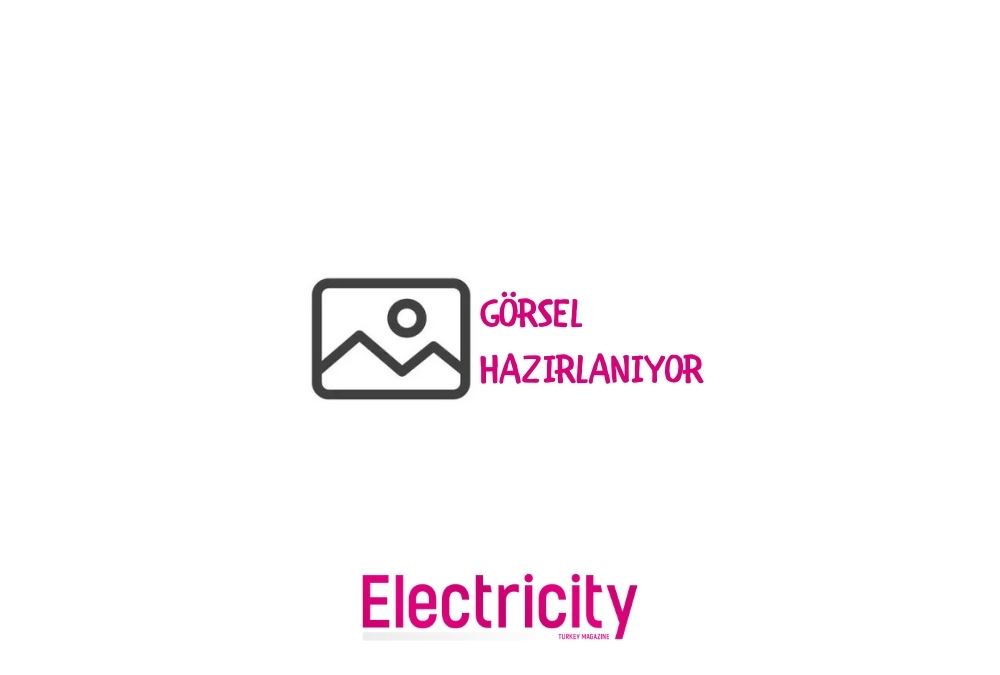
 Organic solar cells are ideal for use in flexible electronics due to the formable nature of semiconductor polymers. Recent research on the interaction between the processing, thermodynamics, and mechanical stability of typical photoactive layers in organic cells provides a deeper understanding of these high-potential materials.
Organic solar cells are ideal for use in flexible electronics due to the formable nature of semiconductor polymers. Recent research on the interaction between the processing, thermodynamics, and mechanical stability of typical photoactive layers in organic cells provides a deeper understanding of these high-potential materials.
Ganesh Balasubramanian, Assistant Professor of Mechanical Engineering and Mechanics at Lehigh University, and his graduate student Joydeep Munshi recently began to understand how stable these materials are when deformed and whether promising properties can be realized in the harsh loading conditions that solar cells may be subjected to stretching and compression. Through computational experiments using high-level computational resources on the Frontera supercomputer, the team showed that adding small molecules to the semiconductor polymer mixture improved the performance and stability of the material used in organic solar cells. They speculate that this also applies to organic solar cell material more generally.
"Based on previous literature, we predicted that changes in material handling parameters would affect the structure of these solar cells, as well as their thermal and mechanical properties. However, the finding that the presence of small molecular additives can enhance mechanical properties is new information from this study."
The team showed that in addition to the efficiency of conversion from solar to electrical energy, the mechanical stability and flexibility of typical organic solar cells is significantly affected by the presence of molecular additives.
Balasubramanian said this could be crucial for the commercialization of organic solar cells.
 The results were obtained by performing large-scale molecular simulations on the "Frontera" supercomputer, the world's fastest academic supercomputer, at the Texas Advanced Computing Center (TACC) in Austin. The estimates consisted of the study of the mechanisms of deformation of the polymer mixture under stress conditions, as well as the structure/morphology of the material at the time of loading. Balasubramanian's team is among the first to use Frontera.
The results were obtained by performing large-scale molecular simulations on the "Frontera" supercomputer, the world's fastest academic supercomputer, at the Texas Advanced Computing Center (TACC) in Austin. The estimates consisted of the study of the mechanisms of deformation of the polymer mixture under stress conditions, as well as the structure/morphology of the material at the time of loading. Balasubramanian's team is among the first to use Frontera.
According to Balasubramanian, while similar approaches have been considered to question the properties of organic photovoltaic materials, the correlation between material structure and elastic properties has not been done before. By adding molecular additives to polymeric mixtures, advanced solar energy materials and devices can be produced that maintain extreme operational stress-stress conditions while providing superior performance.
"Our research has the potential to provide new directions for scientific work in the field of materials and energy research," Balasubramanian concluded.
 SİZİN DÜŞÜNCELERİNİZ?
SİZİN DÜŞÜNCELERİNİZ?